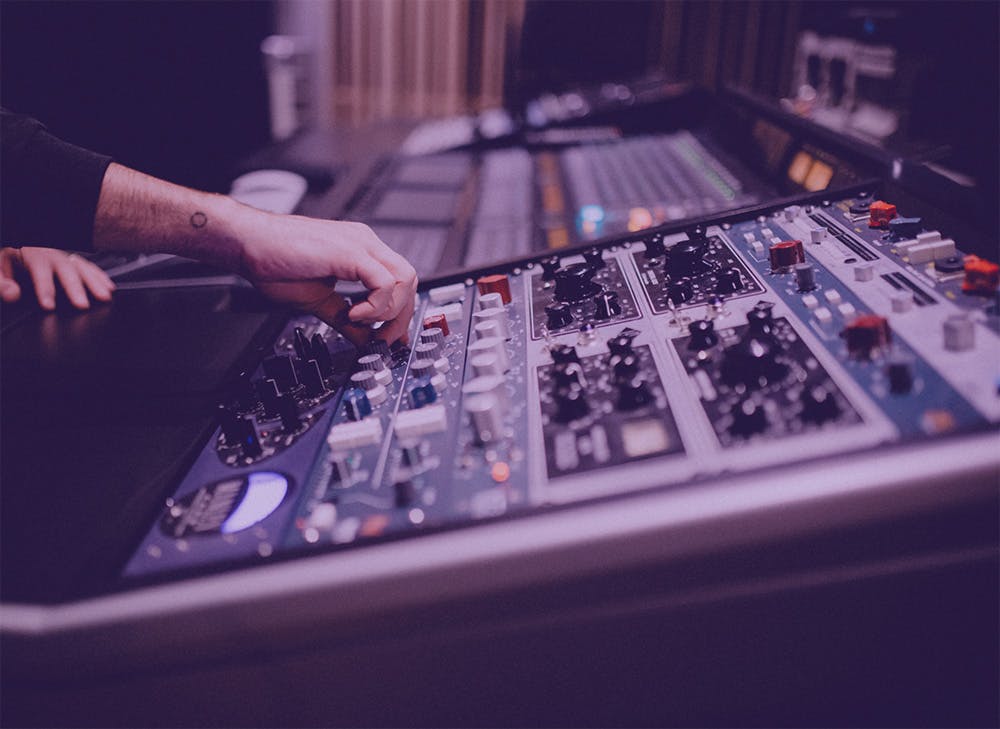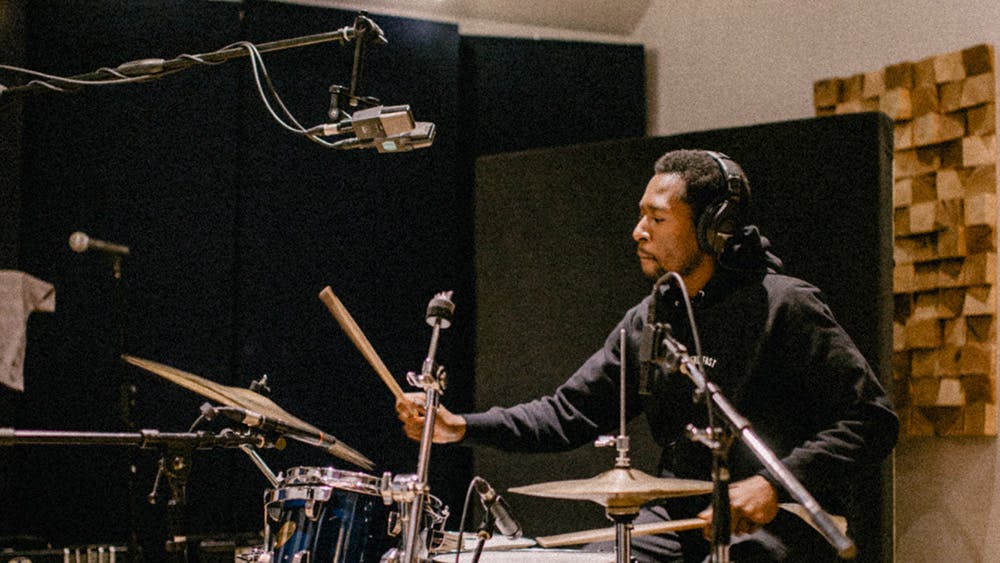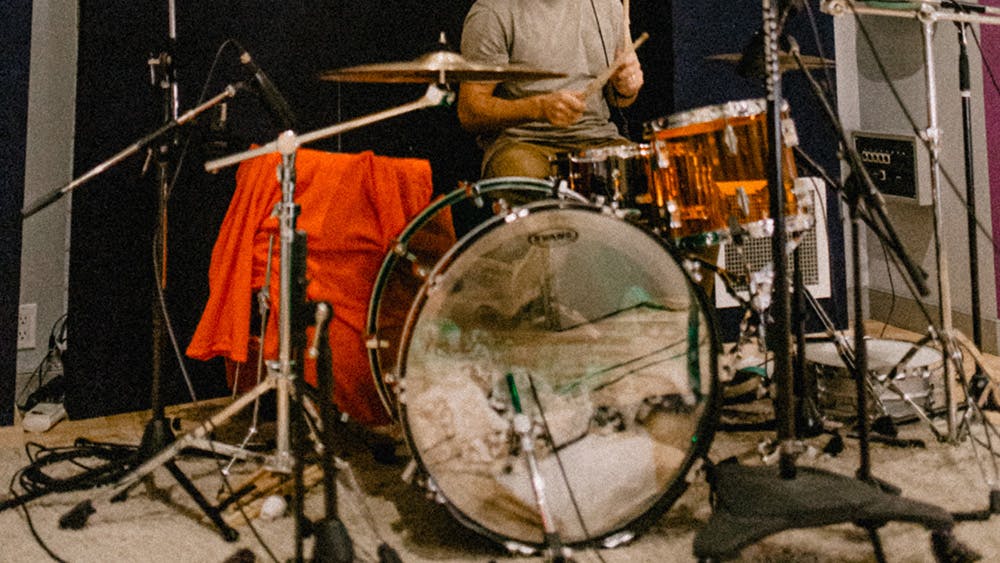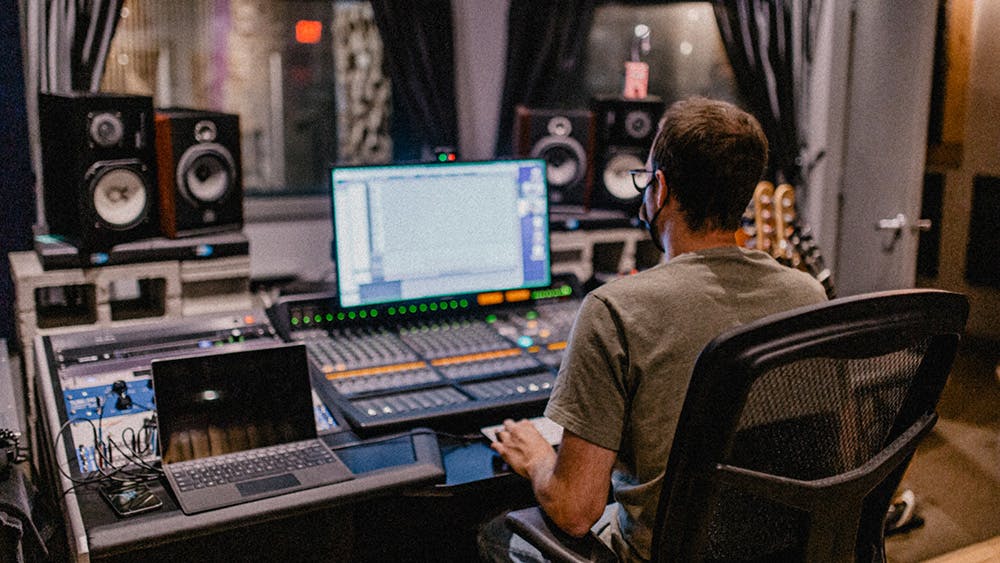Metering Methods Using the Klanghelm VUMT Plugin
Reading time: 8-10 minutes
Hey everyone! It's Brad Smith here. Today I’ll be diving into the Klanghelm VUMT plugin, what it is, how it works, and how I use it in all three phases of the recording process. This will be broken out over two (potentially three) blog posts. Today's post will be an introduction to the plugin and I’ll talk about how I use the plugin while tracking.
The Klanghelm VUMT is a plugin I use all of the time. I love it and you'll find it all over my templates. I use it on every channel when tracking. It lives on my mix buss (both pre and post buss processing) and I'll use it throughout my mastering chain. To me, it is an indispensable tool and a big part of my metering methods and at 14 € it's a pretty incredible bargain.
What is the Klanghelm VUMT? It is a metering plugin that painstakingly emulates the ballistics of analog style VU and PPM meters. The calibration of the meters and ballistics are customizable and the plugin also works in an additional RMS mode calibrated to the K-System.
If you're not familiar with VU or PPM meters you can read more about them here:
Sound on Sound - What’s the difference between PPM and VU meters?
For more about the K-System you can read about it here:
The quick explanation is that VU meters measure average signal and PPM meters measure peak signal. Neither are perfect, but they do a pretty good job working together and for me, it's all about balancing the two. If I've got a healthy average and a healthy peak then I know I'm on the right path.
Also, 0 VU is usually (though not always) equal to +4 dBu, which is the optimal working level for most all pro analog gear. Below it and the gear is being underutilized, losing precious tone and raising your noise floor, and above it, equipment will be pushing into distortion (which may or may not be the desired result). The same is generally true in the digital realm as well. 0 VU is equal to -18 dBfs, which is the optimal calibration used for a lot of plugins.
So why do I use the VUMT? Well for me it's all about familiarity. I came up with VU & PPM meters. I know how to read them. VU meters especially. They tell me a lot about what I'm hearing and helps me improve the entire gain structure of my work right from the beginning of tracking through to the end of mastering. And the Klanghelm VUMT looks and feels like a great pair of VU or PPM meters!
Yes, the meters in Pro Tools can now be switched to either VU or PPM modes, but the vertical and digital metering feels clunky to me and I've also been looking at Pro Tools Classic meters for so long that switching to anything else is disorientating. So I use the Klanghelm in combination with Pro Tools Classic metering.
So how do I use the Klanghelm VUMT?
When tracking, I generally have the VUMT set to PPM to start on transient rich instruments (drums or acoustic guitar for example) and VU for instruments with a lot of sustain (bass, electric guitars, synths, etc...). For vocals, I'll constantly be switching between modes or have two instances of the plugin up to meter both.
When getting levels into the box, I want to get the signal right at the preamp and then push it into the converters at an optimal level. I don't want to be under or over feeding the converters. I want the signal coming in right at the sweet spot. Preamps are a different story. Preamp selection and use is all about building tone that is appropriate for the instrument, song, and production. If you want a clean signal, you'll run the preamp wide open and hit it the same way you hit the converters. I'm rarely after clean though. I'm looking for the point where the preamp starts to speak to the source it's amplifying. Generally, that involves running the preamp into some distortion. Sometimes a little bit and sometimes a lot. I'm totally cool with distorting the preamp, but I don't want to be distorting the converters.
Let's take a kick drum for example. Drums are a transient signal. Not a lot of average information there. When getting a kick drum level I'll start with the VUMT set to PPM and then bring the gain up with the preamp wide open until I've got the level bouncing around 0 PPM. A nice, clean, and healthy signal. If I were to do this with the meter set to VU though and had the signal bouncing around zero, not only is the preamp pushing into distortion, but the converters will be blowing up as well. No good. Converter distortion is not the distortion I'm after. Yes, clipping converters is something purposely done, particularly in mastering, but it's not the sound I want when tracking.
So once I have the PPM meters bouncing nicely around zero (or just a touch above) I'll then start looking for the tone I want out of the preamp. I'll up the input gain and bring down the output, so the level hitting the preamp is changing, but the level hitting the converters and reading on the VUMT stays the same(ish) (note: distortion reduces the dynamics of a signal so if I'm distorting the signal the peaks will come down and the average will come up). Once I've changed the level, I'll listen, evaluate, and either push the preamp further or back off until I'm hearing what I want to.
When tracking a bass guitar, on the other hand, I don't really want to look at the peak signal too much. There usually isn't a lot of it there. I want to look at the average signal coming in. So I'll pop the VUMT to VU and then start bringing up the gain until I have a nice and healthy signal bouncing around 0 VU. Then I'll repeat the push and pull on the input and output of the preamp until I have the tone I want.
This process is done with every instrument and source I'm recording. Constantly evaluating the average and the peak of signals. If it's a transient source then I'll focus on the PPM meter. If it has lots of sustain then the VU meter gets the call. For every source though I want to be paying attention to both the average and the peak information. Balancing them. And I'll definitely lean on compression and EQ to help achieve the balance I'm looking for, but that's a whole topic on its own.
The magical part about going through this process while tracking is it really helps line up the gain structure and balance of my mix in Pro Tools. I'll have plenty of healthy headroom to work with. I won't have to crank faders up or dramatically pull them down to get sources to sit properly in my mix. And I won't be crushing the input and outputs of my plugins, pushing them into distortion, or alternatively underutilizing them with a low signal.
So that leads to the next stage of the process. How do I use the VUMT when mixing? I'll go over in Part Two of this post. Thanks for reading!
Cheers!






